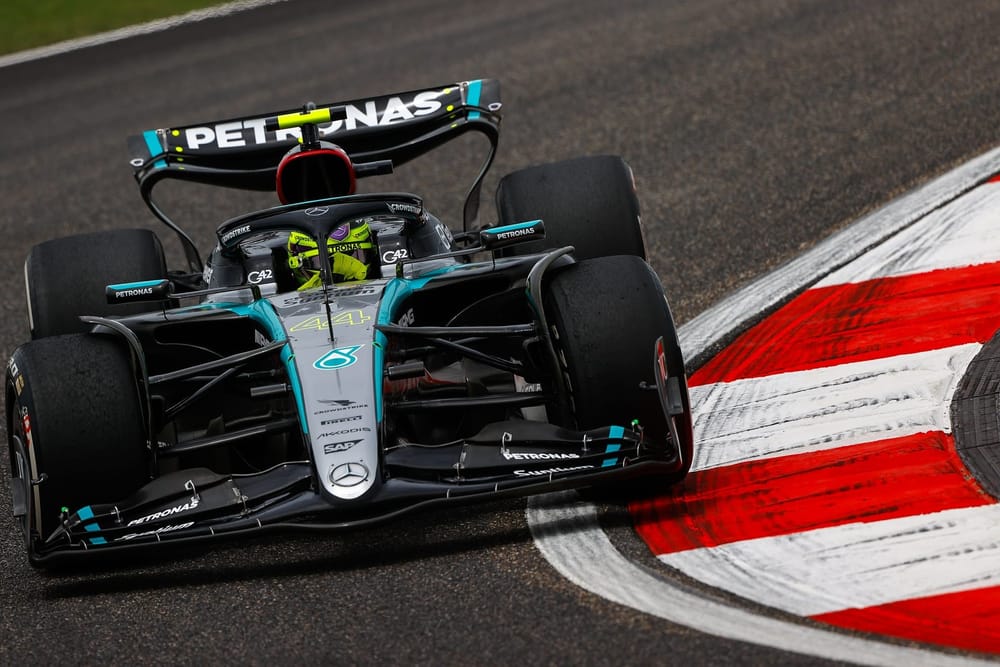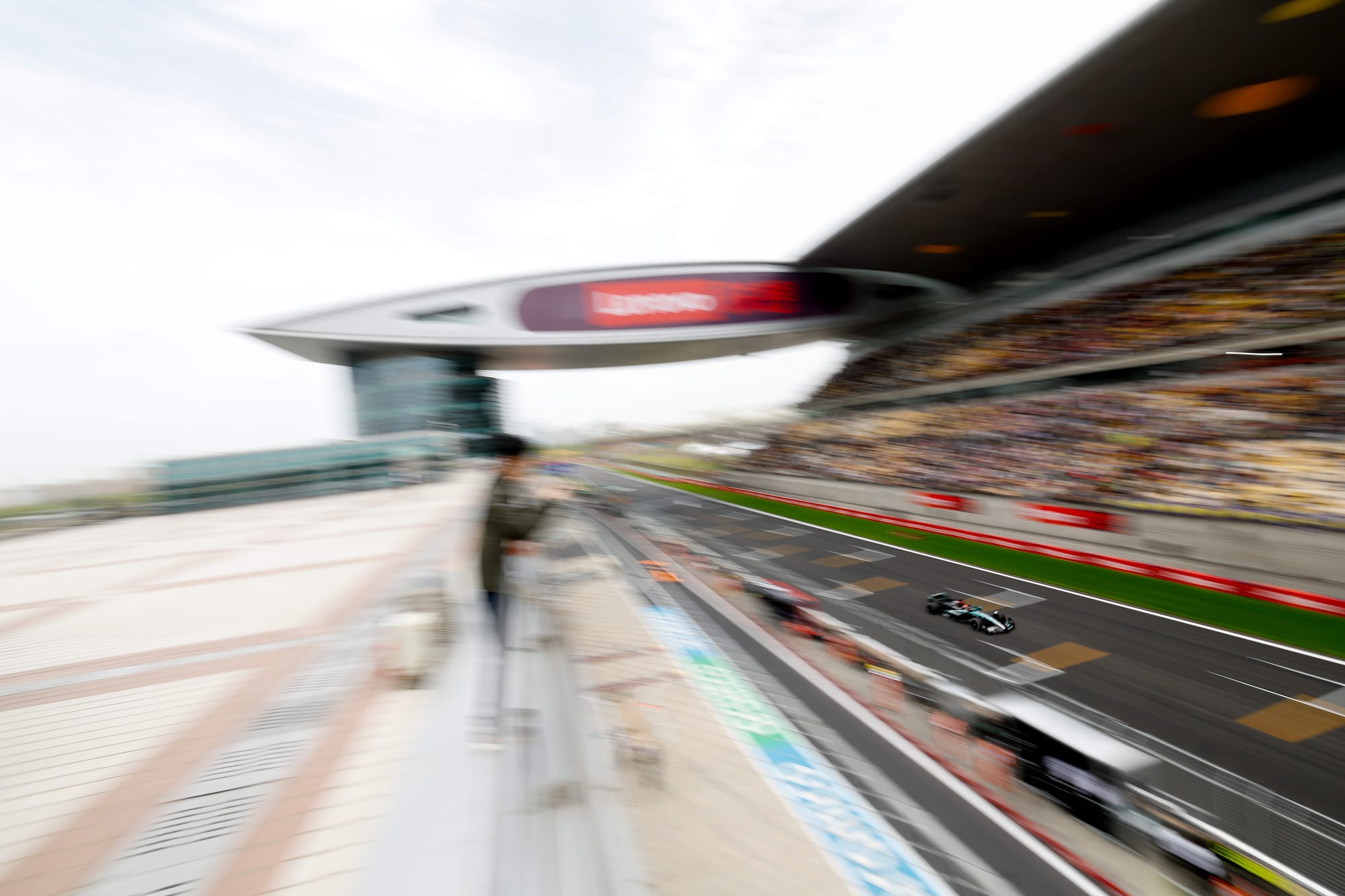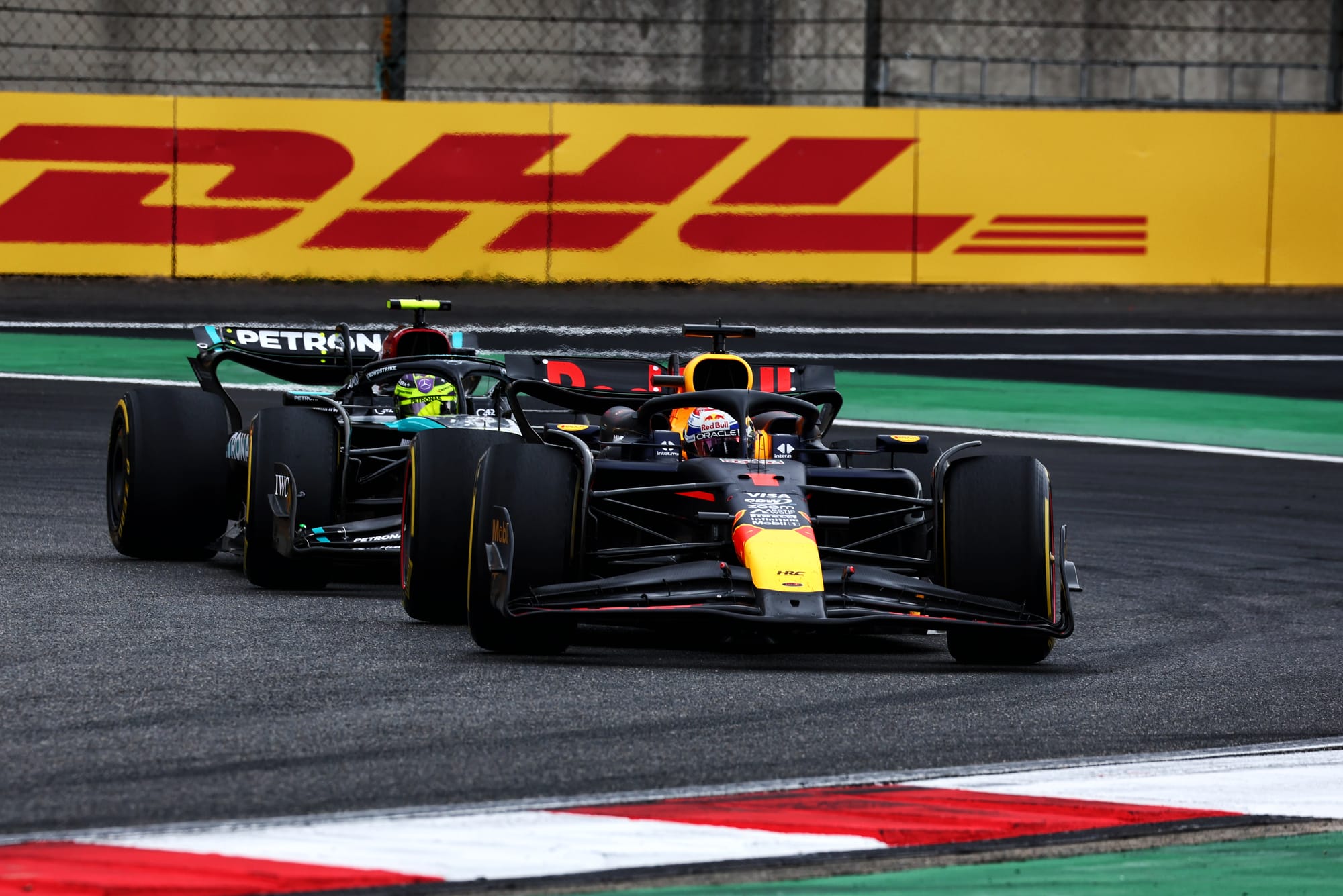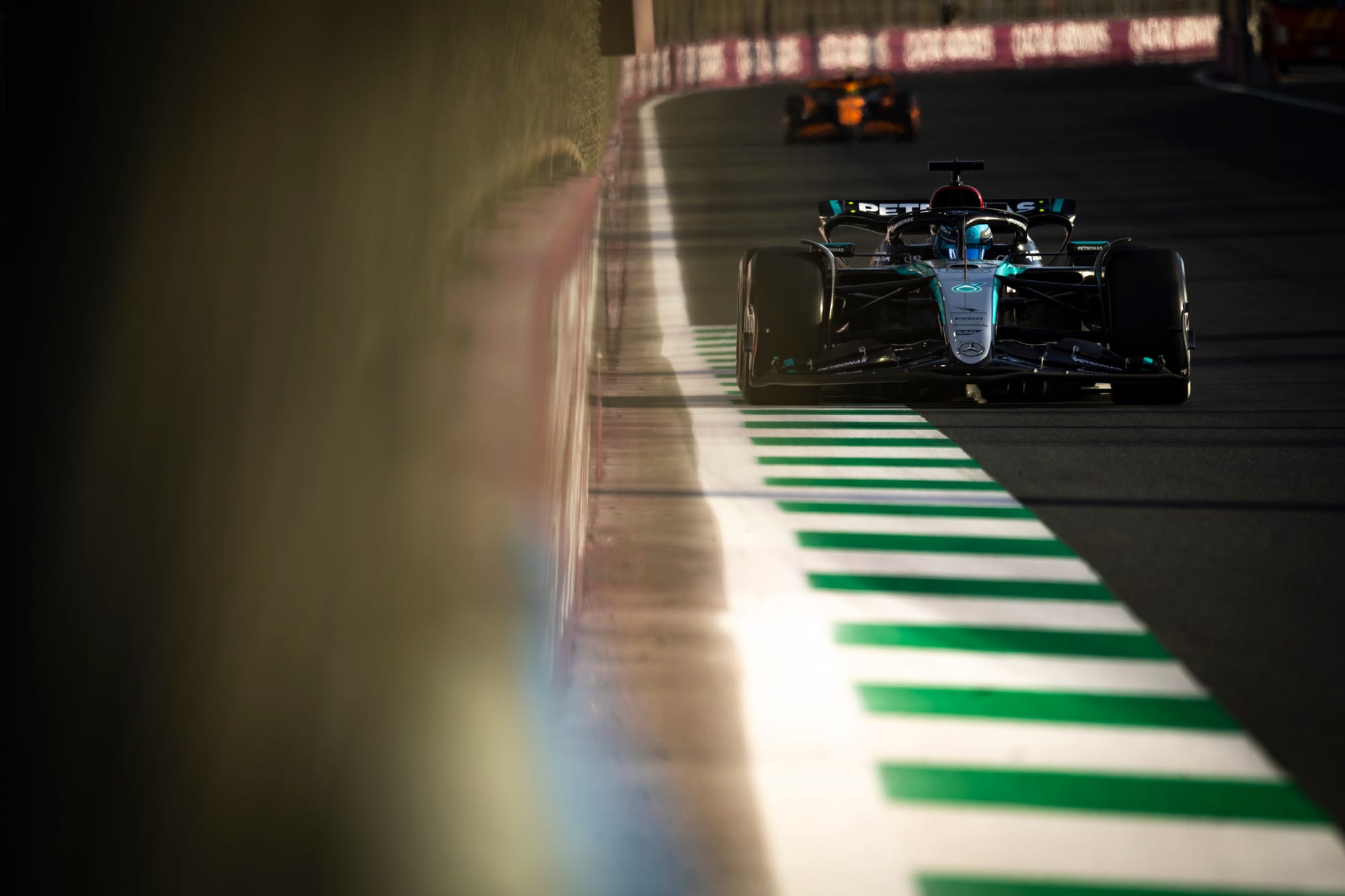Up Next

Lewis Hamilton’s admission that he mistakenly drove extreme set-up changes at the Chinese Grand Prix is part of Mercedes' Formula 1 team admitting it needs to focus on the basics.
Whether at the team’s behest or in the case of Hamilton a driver’s own direction, there have been many instances in the last two-and-a-bit years of Hamilton or sometimes George Russell putting volatile performance swings down to variants of ‘set-up experiments’.
It has tended to be Hamilton. For a while that was put down to him helping the team explore its troubled cars’ set-up windows in an attempt to unlock something. This year, Hamilton has steered into trouble himself; he has admitted as much.
After qualifying and finishing second in the sprint in Shanghai last weekend, Hamilton started only 18th for the main race after an error in qualifying and then struggled throughout the grand prix before rising into the points with a late flourish.
It prompted a light-hearted, self-effacing remark from Hamilton on the cooldown lap, when he said: “We won’t make that set-up change again, Bono. That was my bad!”
That was not the only time Hamilton held his hands up during the weekend.
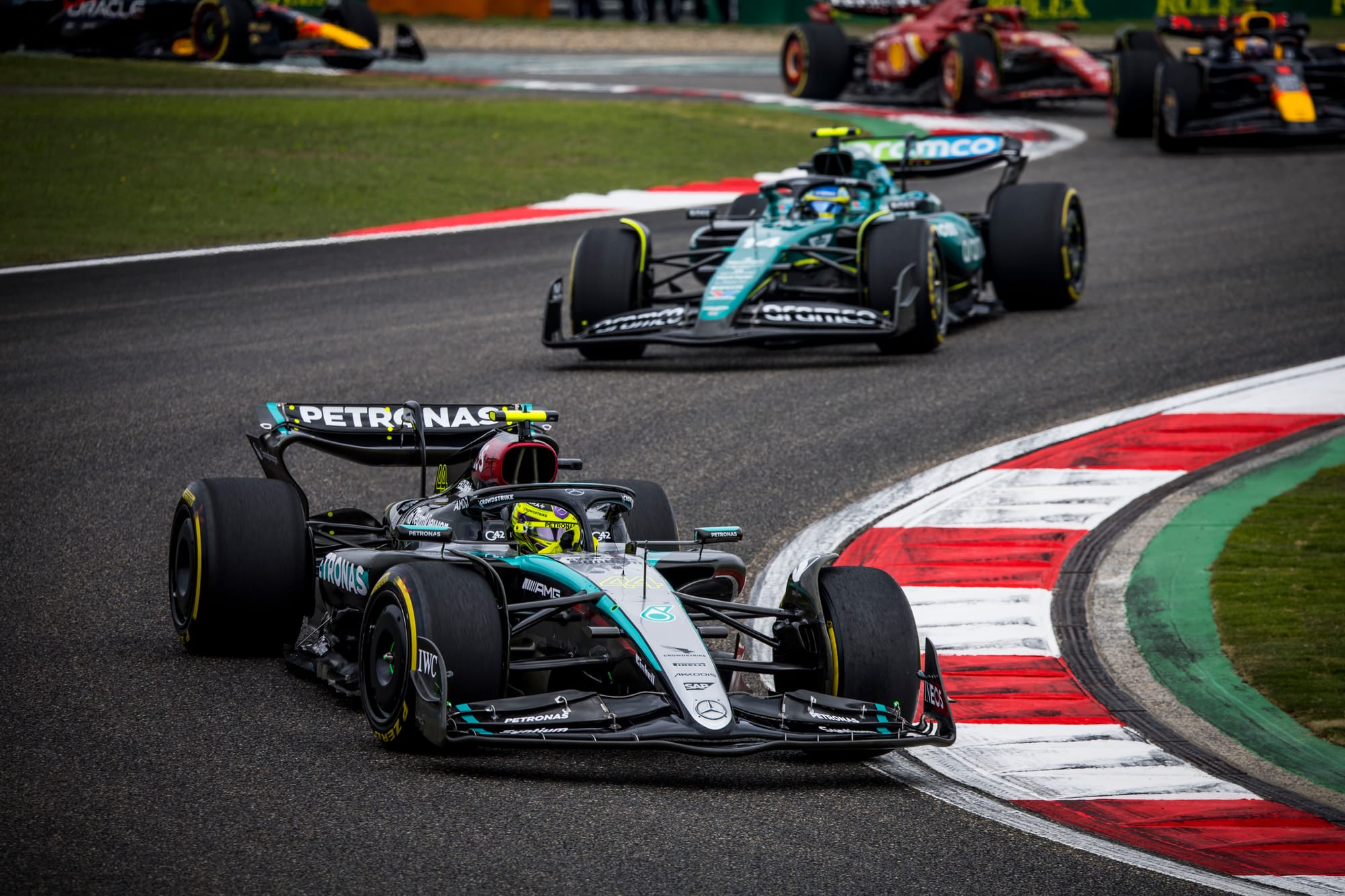
After the sprint he had already indicated he had driven some “sizeable set-up changes” then post-race admitted he “paid the price” and planned to “make sure I don’t do that in the future”.
Senior Mercedes figures Toto Wolff and Andrew Shovlin backed the sentiment that “extensive changes” had been made, and not for the better. Wolff called it “a difficult car to drive and set-up” and that Hamilton’s car in particular was “far away from the optimal”. In Mercedes’ official press release, he was surprisingly blunt about it from a team perspective (rather than piling into Hamilton specifically).
“We must make sure that we are not trying to find a silver bullet each weekend when it comes to how we run the car,” said Wolff.
“We made too many extreme changes after the sprint and that made the most important part of the weekend much more challenging.”
On balance this weekend was about what can be expected from Mercedes, in that between the two cars they probably achieved about as much as possible.
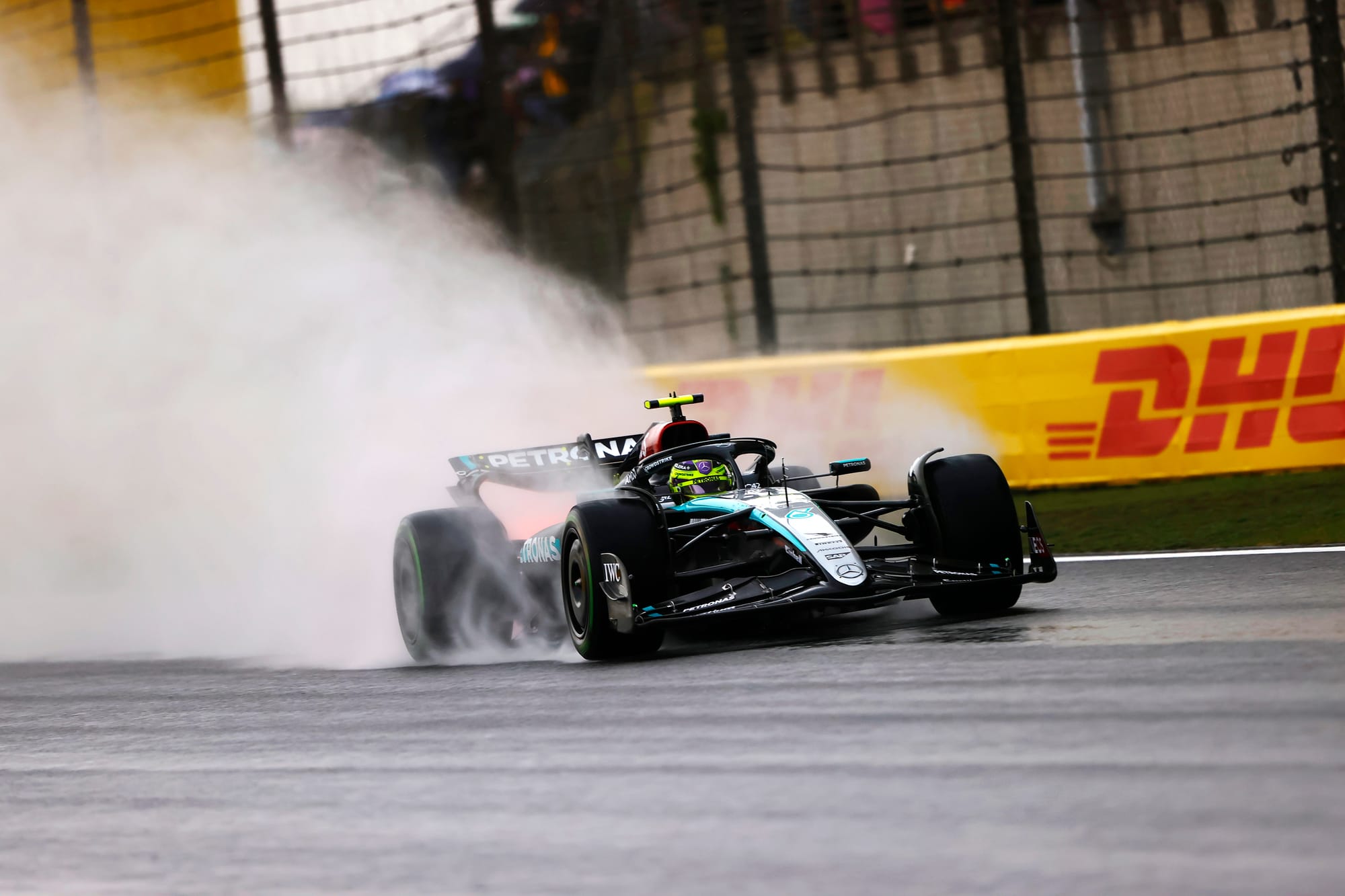
Hamilton massively overperformed in sprint qualifying, took great advantage of the wet and showed anyone who doubts whether he's got the ability or the interest that he certainly does. And when that car has track position, it can run competitively somewhere in that group of cars with Ferrari, McLaren and Aston Martin.
Hamilton was at the very upper end of what that car can achieve on Saturday. But in qualifying and Sunday’s race, Russell was the one who got the most out of the car - and that, if starting from behind, equates to no more than sniping to beat the aforementioned rivals if any of them underachieve.
So, this was not a bad reaction from team or driver to one misstep, it addressed a trend in the early races of perhaps overreaching at times. Mercedes is fourth best (at best) and that has led to chasing too much on set-up, and then playing catch-up through the rest of the weekend or locking in changes for vital sessions that cannot be undone and then have to be lived with.
The lesson is, essentially, to accept this car for what it is for now and do the best with it until it can be made better. Clearly Mercedes must add performance, as the car is just not quick enough. Russell reckoned that in itself is part of the fundamentals Mercedes must do better.
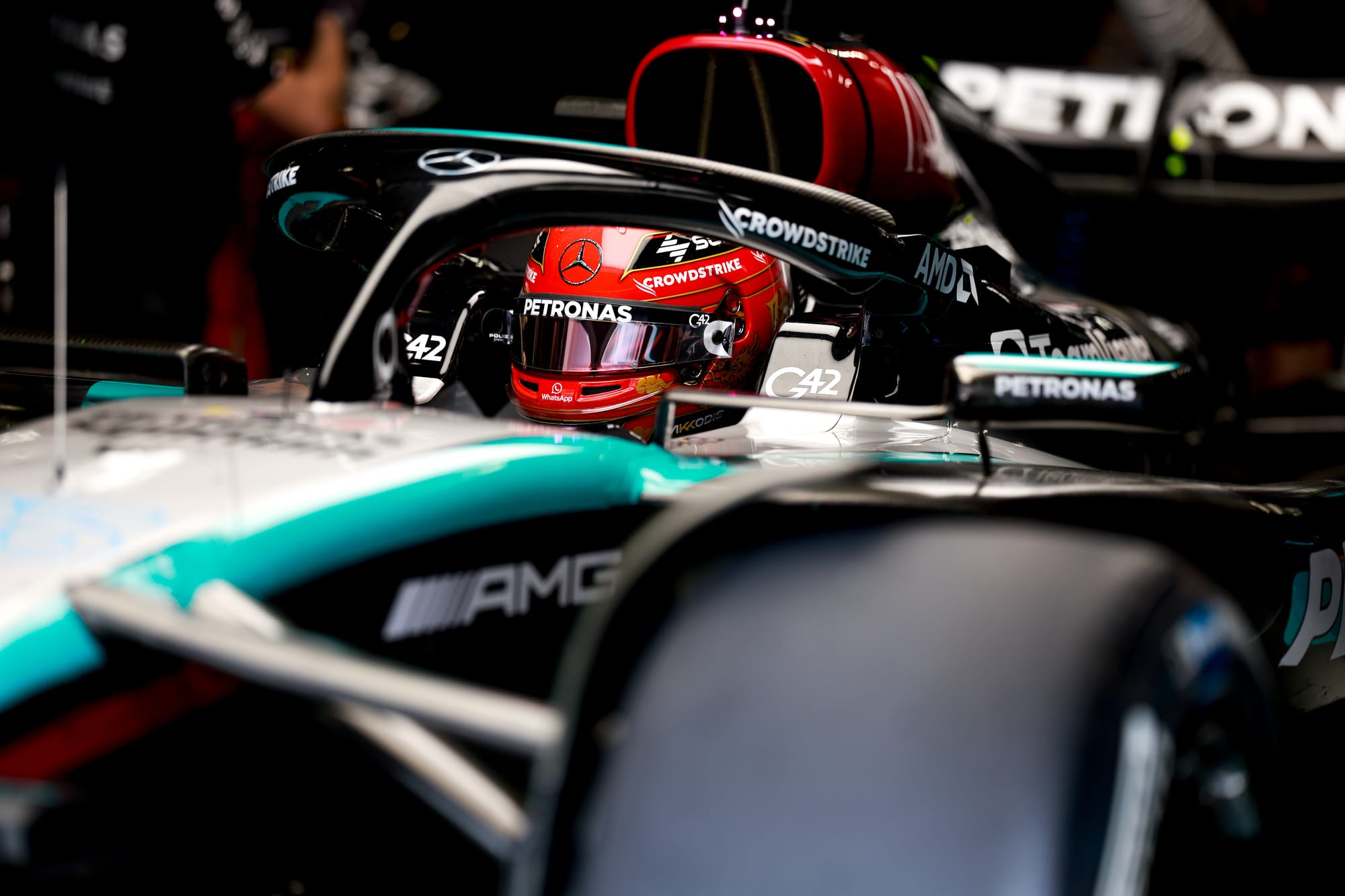
“There is no silver bullet and we just need to keep on adding performance and focusing on the basics, which is in the windtunnel, in the CFD, just adding downforce,” he said.
“Maybe sometimes it's as simple as that.”
Easier said than done. And until then, the team needs to deal with it a bit better.
Hamilton, meanwhile, may need to rein in a bit of his natural enthusiasm on track and, specifically when it comes to chasing the set-up, off it as well.
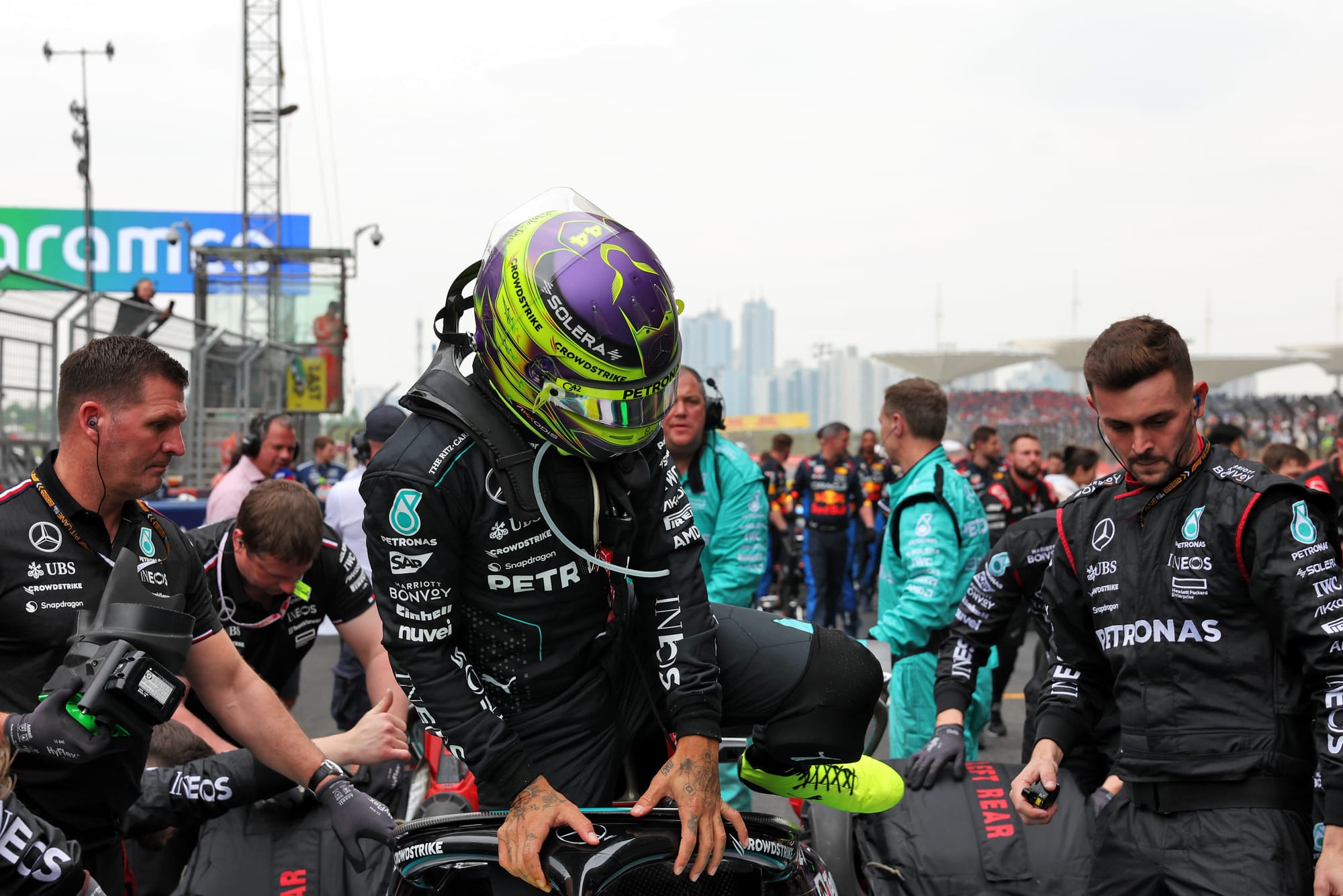
He knows what he wants the car to do, and he knows what he has done in the past to pull a rabbit out of the hat by braking deep into corners and somehow making it stick. But that’s just not possible with this generation of car and especially not this generation of Mercedes.
When Hamilton does have a better base and a cleaner weekend, he’s really effective. We saw it most of the weekend at Suzuka, and in the sprint in China. The high performance we have come to associate with him is clearly still possible.
“It's the worst [season] so far, as I mentioned in the last race,” said Hamilton.
“But we had a second in the sprint and with better decisions on set-up, maybe we would be around where George is.
“But we just have to keep fighting.”
Upgrades are coming for Miami, although realistically this car needs more than just one development item or even one package to move it away from its knife edge.
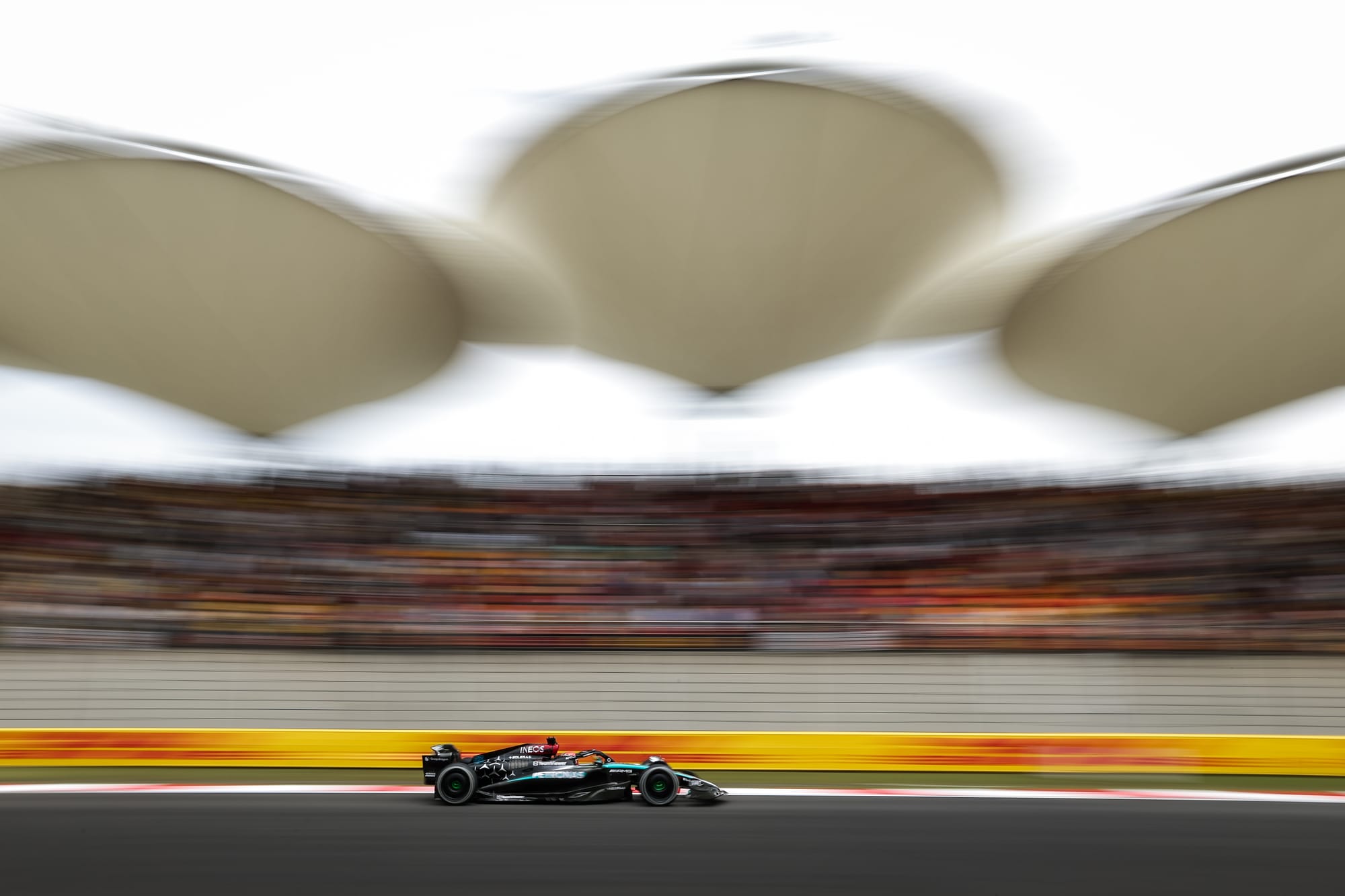
Especially as Wolff gave a bleak appraisal of the car when he indicated “the car is as difficult as it has been in the past” and exhibiting the same symptoms as its predecessors - despite feeling like Mercedes was poised to make progress if it found more performance at high speed.
“I think we absolutely achieved that, in the high-speed [corners] we were super competitive, also in Suzuka, through the Esses, day and night from what we had before,” Wolff said.
“The drivers were speaking about the best car they had in those last two and a half years.
“But then we really didn't perform in the low-speed, so you gain half a second in the high-speed, you're losing half a second in the low-speed. That equation is back to zero.
“That's something we need to improve. We're beyond the point of understanding, we just need to improve now. That is what it needs to come to, and we have all the facts on the table.
“We know what we tweaked in order to solve the high-speed [weakness], we know where the car was before, quick through the slow-speed and now we just need a car that does both of them.
“As before we've seen those moments of performance, but overall we're just not good enough.”

